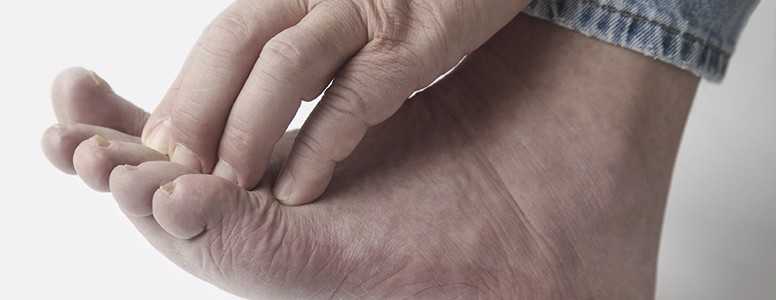Researchers from Germany have developed a pressure-monitoring stocking that could prevent foot wounds in people with diabetic neuropathy.
The device, which was developed by researchers at the Fraunhofer Institute for Silicate Research ISC in Würzburg, uses integrated sensors to send warnings when pressure on the foot is too high, essentially performing the job of the nerves in the feet.
Neuropathy and foot pressure
Diabetic neuropathy is one of the most common diabetic complications. Over time, prolonged exposure to high blood glucose levels damages the nerves in the feet. Diabetic neuropathy is the leading cause of amputation in the UK.
When people develop diabetic neuropathy, they lose the feeling in their feet. This can have a number of damaging effects. One such effect is the inability to notice the amount of pressure being placed on the feet. People without diabetic neuropathy have functioning nerve pathways that automatically redistribute when the person is standing up for a long time.
Over time, excessive weight placed on the feet can lead to the development of pressure sores, which can in turn lead to open wounds or damaged foot tissue.
How does the pressure stocking work?
The stocking features 40 dielectric elastomer sensors that measures pressure distribution. The sensors are made from a special silicone film. When pressure builds on the foot – usually because of standing in the same place for a while – the sensors transmit a signal to a wireless electronics unit.
The stocking will cost around £180.
What makes the pressure stocking different?
There are several products available to balance out pressure on the foot for people with diabetes, but this one is different, according to Dr. Bernhard Brunner, of the Fraunhofer institute:
“Existing systems on the market measure the pressure distribution only on the bottom of the foot using shoe inserts. Our sensors are attached to the stocking’s sole, at the hell, the top of the foot and the ankle, so they can take readings in three dimensions. This is a totally new approach.”
Moving forward
The device is brand new, and some creases still to be ironed out. Dr. Brunner explained the challenges that face the team going forward:
“With the current prototype, the electronics are attached to the end of the stocking. We’re planning to relocate them to a small, button-sized housing that can be detached with a hook-and-loop fastening strip. There’s no way around this until a reliable method for cleaning the electronics is developed.”
The sensors have to be washable, too. “The first washability tests are in planning, but cleaning using disinfectant is no problem.”
The researchers have filed a patent application for the stockings. From May 19 to May 20, the team will be presenting a prototype of the stockings at the SENSOR+TEST 2015 Measurement Fair in Nuremberg.
What's new on the forum? ⭐️
Get our free newsletters
Stay up to date with the latest news, research and breakthroughs.





